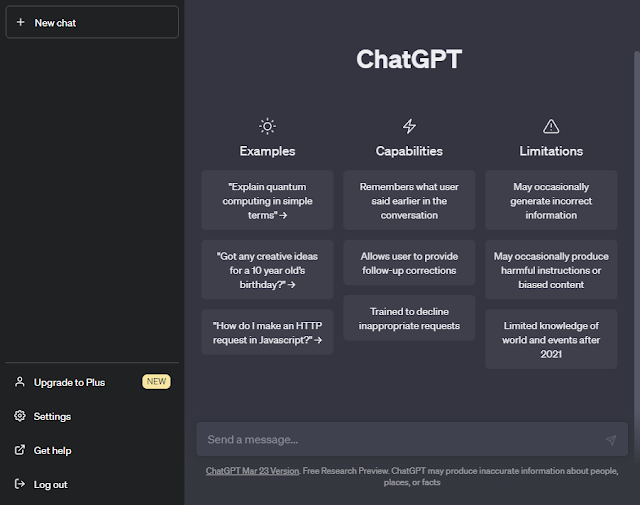In the realm of conversational AI, the role of a well-constructed prompt is paramount. Whether you're seeking creative content, technical assistance, or engaging dialogue, the precision and clarity of your prompt can significantly impact the output from ChatGPT. This blog post aims to provide a comprehensive guide on writing the perfect prompt to maximize the effectiveness and relevance of ChatGPT's responses.
Understanding ChatGPT:
Before diving into crafting the perfect prompt, it's crucial to understand how ChatGPT operates. Developed by OpenAI, ChatGPT is a language model powered by GPT-3.5 architecture, capable of generating human-like text based on the input it receives. It's not clairvoyant; rather, it relies heavily on the context provided in the prompt to generate accurate and coherent responses.
Tips for Crafting an Effective Prompt:
Be Clear and Specific:
- Clearly articulate your query or request. Ambiguity in the prompt can lead to varied or off-topic responses.
- Specify the format or structure you desire in the response (e.g., code snippet, paragraph, bullet points).
Provide Context:
- Briefly introduce the context or background information related to your prompt. This helps ChatGPT understand the subject matter and generate more contextually relevant responses.
Ask Direct Questions:
- Frame your prompt as a question or a set of questions to guide ChatGPT's response in a specific direction.
- If seeking multiple responses, break down your questions into concise segments.
Utilize System Messages:
- Employ system messages to gently instruct the model's behavior. These can help set the tone or role for ChatGPT in the conversation.
Experiment with Temperature and Max Tokens:
- Adjust the "temperature" parameter to control the randomness of responses. Lower values (e.g., 0.2) yield more focused and deterministic responses.
- Set an appropriate "max tokens" value to limit the length of the generated output, preventing excessively long responses.
Iterate and Refine:
- If initial responses are not optimal, iteratively refine your prompt. Experiment with different phrasings and approaches until you achieve the desired output.
Examples:
1. Technology Trends:
- Ineffective Prompt: "Tell me about technology."
- Effective Prompt: "What are the key advancements in artificial intelligence over the last decade, and how have they impacted various industries? Provide specific examples."
2. Creative Writing:
- Ineffective Prompt: "Write a story."
- Effective Prompt: "Craft a short story set in a dystopian future where technology controls daily life, exploring its impact on human relationships."
3. Coding Assistance:
- Ineffective Prompt: "Help me with Python."
- Effective Prompt: "I'm working on a Python script to analyze data from a CSV file. How can I efficiently extract and visualize key insights using pandas and matplotlib?"
4. Philosophical Inquiry:
- Ineffective Prompt: "What is the meaning of life?"
- Effective Prompt: "Explore different philosophical perspectives on the meaning of life, considering existentialist and nihilistic viewpoints."
Conclusion:
Mastering the art of crafting the perfect prompt for ChatGPT is an ongoing process of experimentation and refinement. By incorporating clarity, specificity, and context into your prompts, you can harness the full potential of ChatGPT to generate accurate, relevant, and coherent responses across various fields and coding scenarios. Keep experimenting and discovering the nuanced ways in which you can elicit the information or creative output you seek from this powerful conversational AI model.




No comments:
Post a Comment